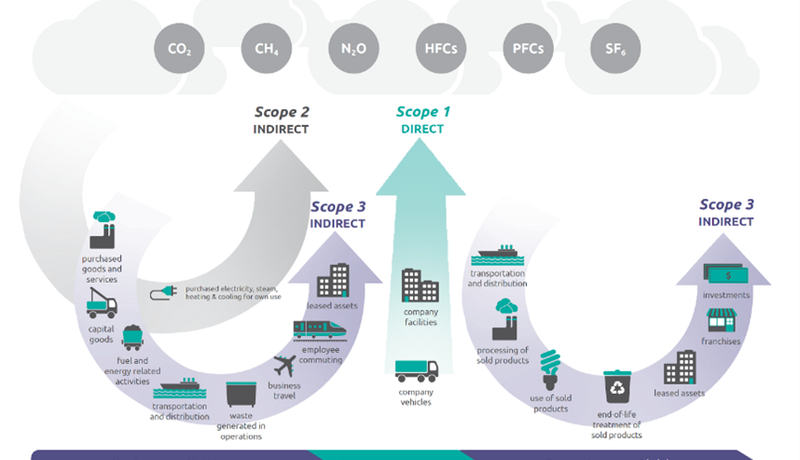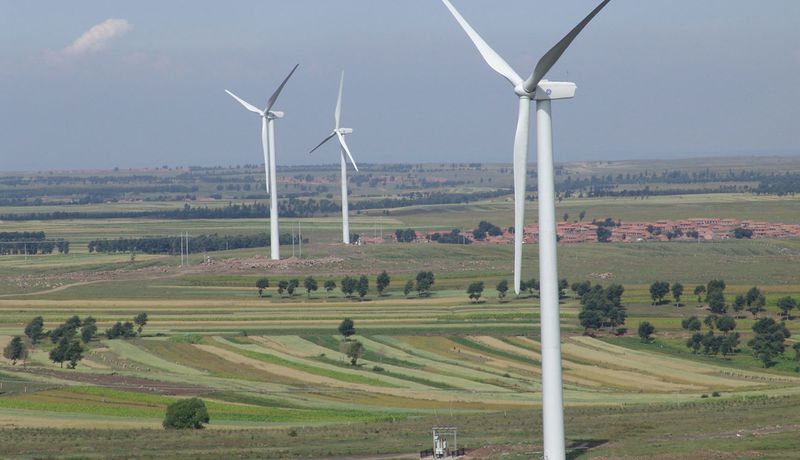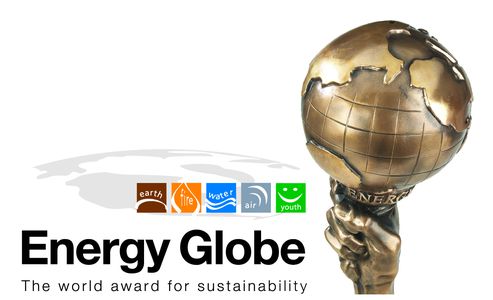Decarbonization at a sector level
Decarbonization targets and plans are being made internationally, by individual governments and – as we’ll see in the next section – by organizations.
For certain high-emitting sectors, reducing emissions is inherently challenging, given the nature of their activities and the demand for their products and services. These include:
- Oil and gas. Overcoming reliance on fossil fuels will be problematic in an industry built on extracting, processing and selling them. Oil and gas producers are investing significant amounts in renewable alternatives; but fossil fuels still account for 82% of worldwide energy use.
- Cement, concrete and steel. These are extremely carbon-intensive products, for two reasons: the energy needed to manufacture them at ultrahigh temperatures; and the large amounts of carbon released by the chemical processes involved. Yet they’re essential to the built environment, and therefore difficult to transition away from.
- Transportation. Commercial flight, shipping and haulage all use huge amounts of petroleum-based fuel. Switching away from that will be a slow process, for instance access to Sustainable Aviation Fuel at scale is still some way off; and in the meantime, global demand for travel and distribution is only increasing.
- Financial services. Through loans, direct investments and trading in commodities and financial instruments, the finance sector funds companies’ carbon-producing commercial activities worldwide.
Sectoral Decarbonization Challenges
Businesses in these industries face a huge challenge to decarbonize. Achieving net zero will mean a wholesale transformation of their products and services, manufacturing and production processes, distribution methods, and in some cases their fundamental business models.
To complicate matters further, companies in these sectors are often multinational businesses. They operate under the decarbonization ambitions, targets and plans of many different countries.
And decarbonization technology, in addition to renewable sources of energy, to help create a net zero economy is still being developed.
Electrification, or hydrogen, can’t yet fuel our global travel and transportation needs, leaving aircraft, ships and road distribution dependent on fossil fuels.
Carbon capture is still in its infancy; and once deployed, it will take time to reach the necessary scale. While these things are developed they can’t be relied on as the answer to climate change: emissions reduction will have to do the lion’s share of the work.
Decarbonization at an organization level
In light of the Paris Agreement, many governments around the world have introduced regulation, financial penalties and tax incentives aimed at nudging companies to mitigate their climate impact. Reporting requirements are growing across the globe through initiatives including the Task Force on Climate Related Financial Disclosure (TCFD), new guidelines from the Securities and Exchange Commission (SEC) in the United States, and the Corporate Sustainability Reporting Directive (CSRD) in Europe.
But government intervention is far from the only reason for businesses to embrace decarbonization strategies. Their stakeholders – in the widest sense of the word – are demanding it.
























